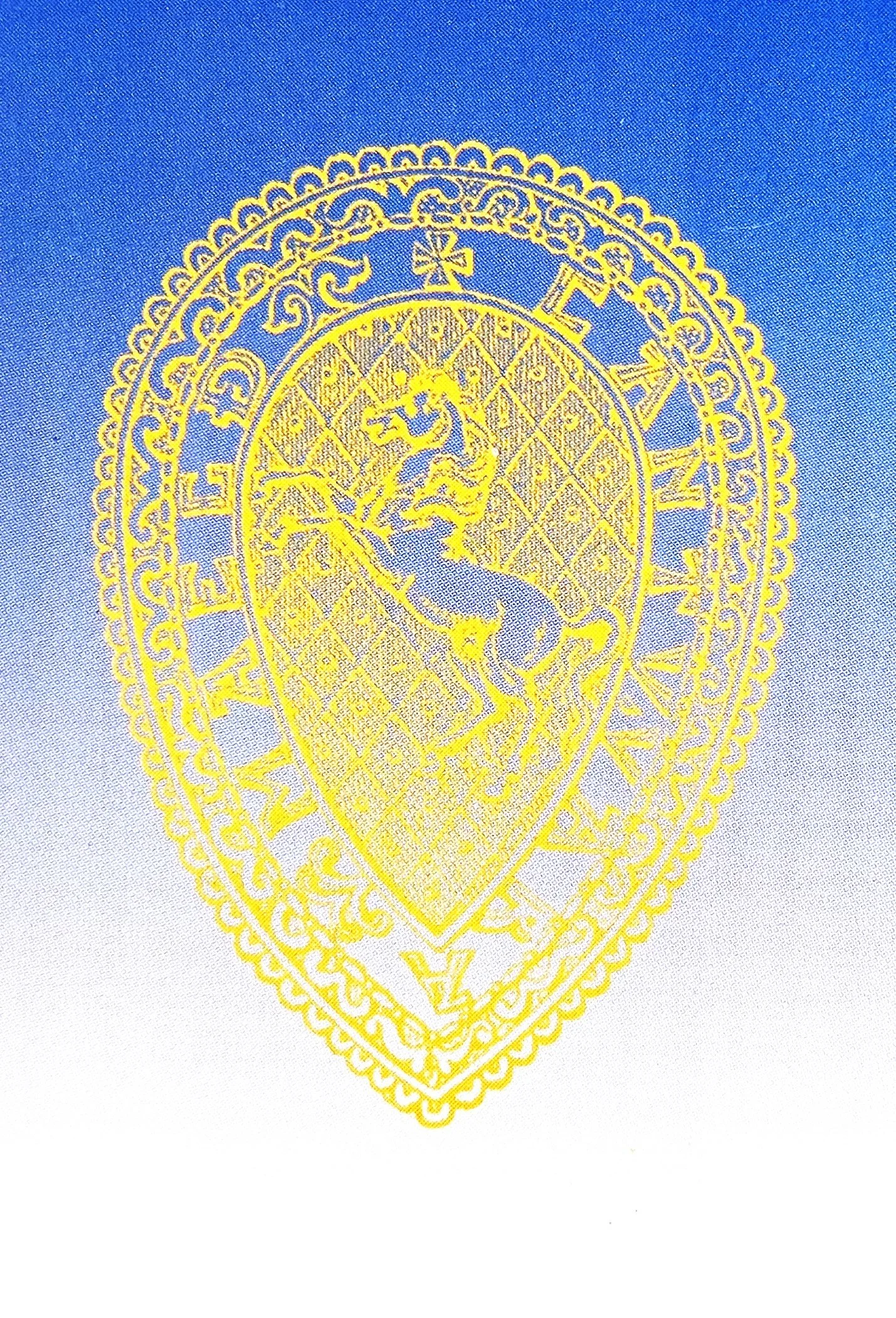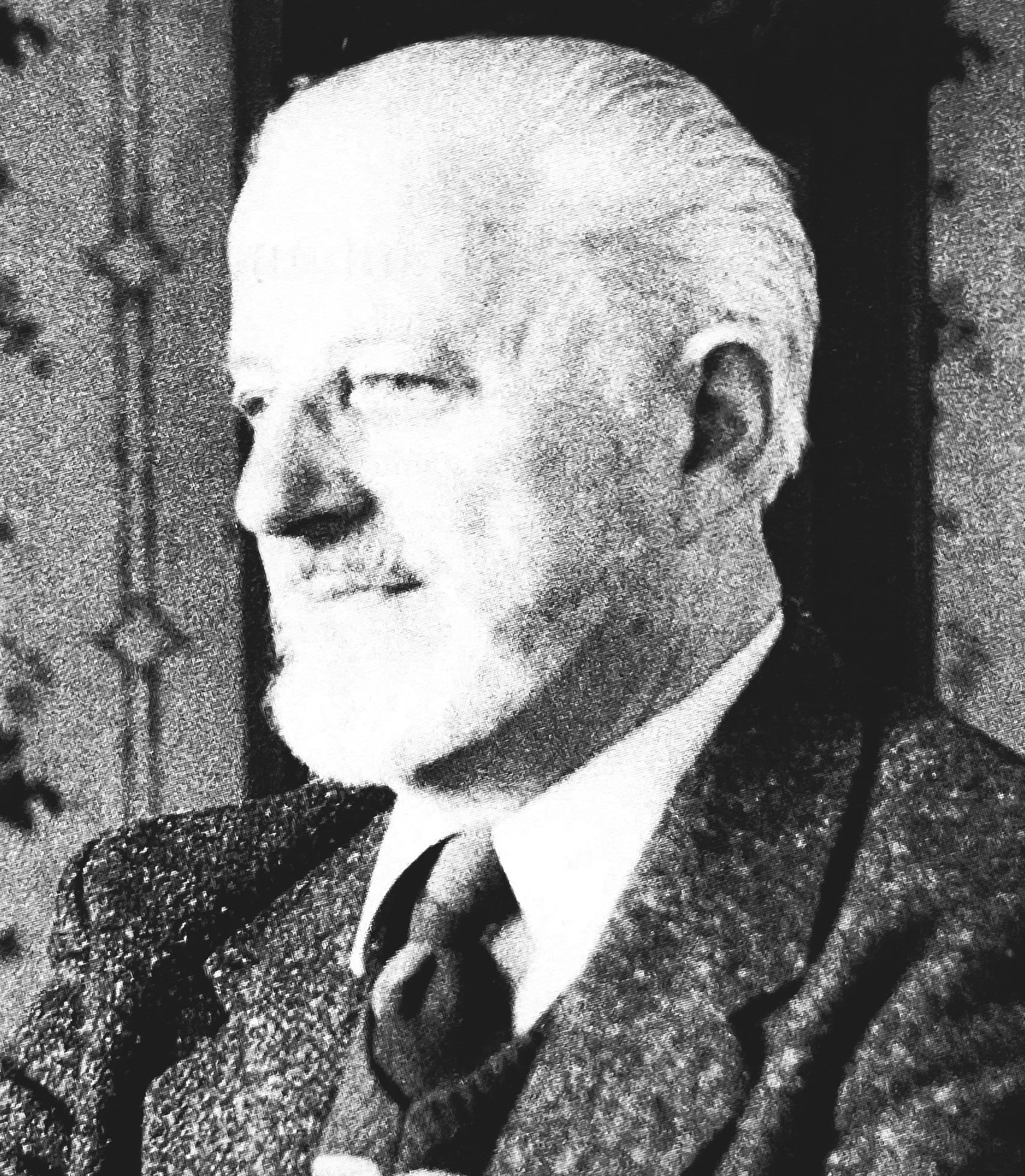Frank Panton, 2009, KAS Newsletter, Issue 82 (Autumn 2009). Maidstone: Kent Archaeological Society.
Mary-Jane Pamphilon, M.A., 2009, KAS Newsletter, Issue 82 (Autumn 2009). Maidstone: Kent Archaeological Society.
Shiela Broomfield, 2009, KAS Newsletter, Issue 82 (Autumn 2009). Maidstone: Kent Archaeological Society.
Pernille Richards, 2009, KAS Newsletter, Issue 82 (Autumn 2009). Maidstone: Kent Archaeological Society.
Imogen Corrigan, 2009, KAS Newsletter, Issue 82 (Autumn 2009). Maidstone: Kent Archaeological Society.
Emma Boast, Trust for Thanet Archaeology, 2009, KAS Newsletter, Issue 82 (Autumn 2009). Maidstone: Kent Archaeological Society.
Sheila and Chris Broomfield, 2009, KAS Newsletter, Issue 82 (Autumn 2009). Maidstone: Kent Archaeological Society.








Dr Pat Reid, Honorary Archaeologist for the Faversham Society, Director FSARG, 2009, KAS Newsletter, Issue 82 (Autumn 2009). Maidstone: Kent Archaeological Society.